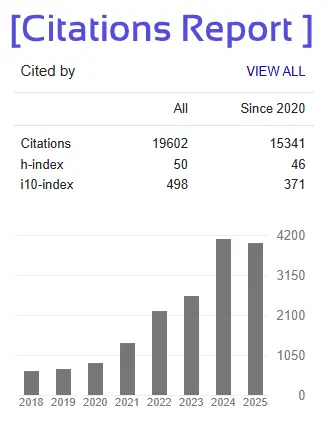A Comparative Study to Evident the Prevalence and Severity of Symptoms for Neck Pain among Bikers and Computer Users: A Cross-Sectional Survey
Md Shah Alam , Dr Monika Sharma , Ankur Singh Jadaun
Department of Physiotherapy,Galgotias University
ABSTRACT
Background: Neck pain is one of the most prevalent musculoskeletal disorders, often linked to occupational and lifestyle factors. Both bikers and computer users are at increased risk due to sustained postures—bikers maintain cervical extension during prolonged riding, while computer users are exposed to forward head posture and poor ergonomics. These repetitive stresses not only cause discomfort but may also lead to chronic disability and reduced quality of life. Despite its high prevalence, few studies have directly compared these two occupational groups using standardized assessment tools.
Aim: This study aimed to evaluate and compare the prevalence and severity of neck pain among bikers and computer users, using the Neck Disability Index (NDI) as the primary outcome measure.
Methods: A cross-sectional survey was conducted on 700 participants, divided equally into bikers (n=350) and computer users (n=350). Inclusion criteria required at least three hours per day of riding or computer use. Data were collected using the NDI questionnaire, administered in both online and offline modes. Statistical analysis was performed using SPSS v20, applying descriptive statistics, independent-sample t-tests, and Levene’s test for equality of variances.
Results: Riders demonstrated a mean NDI score of 12.06 ± 8.07, while computer users reported a significantly higher mean score of 21.80 ± 3.50 (p < 0.001). Age differences were also notable, with riders averaging 33.07 years compared to 29.46 years among computer users (p < 0.001). The findings suggest that computer users face greater neck disability, likely due to prolonged static posture and inadequate ergonomic practices.
Conclusion: Computer users are more prone to neck pain–related disability compared to bikers, underscoring the importance of ergonomic interventions, workplace adjustments, and preventive physiotherapy strategies. The results highlight the need for awareness programs and targeted corrective measures to reduce the growing burden of cervical pain in these populations.
Keywords: Neck pain, cervical disability, bikers, computer users, ergonomics, Neck Disability Index (NDI)







